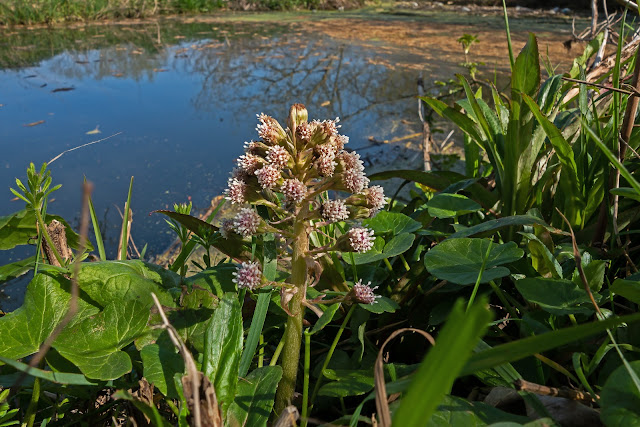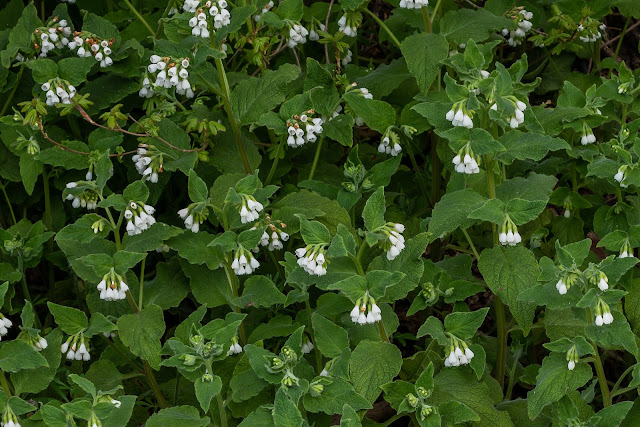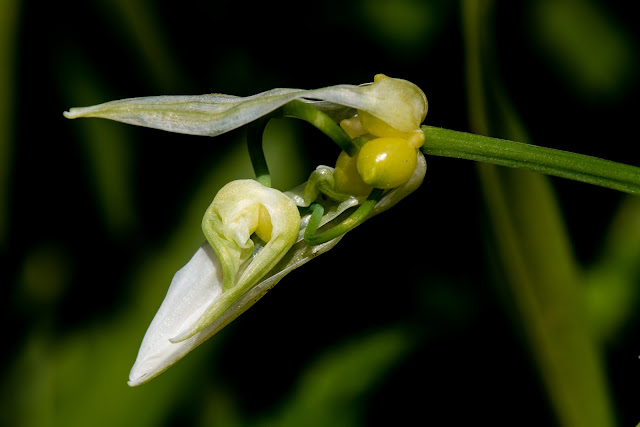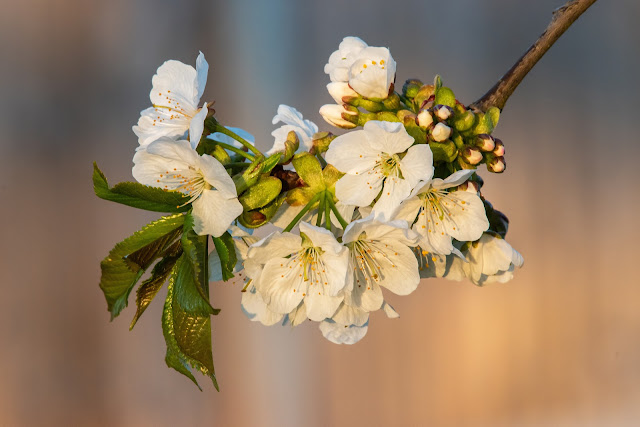Signs of Spring in Lock-Down time (2)
Some more flowers seen on my morning `One exercise session per day.` It really is surprising to see how much is to be seen every year in our verges and pathways. When you are focused, it's an amazing and beautiful world. All the following were seen on my walks.
When on your lawn, the Dandelion is a pest, but in reality is a rather pretty flower. On the plus side, Dandelion greens are edible and are a rich source of vitamin A. Dandelion has been used in traditional medical systems, including Native American, traditional Chinese, and traditional Arabic medicine.
It also has a long history of use for problems of the liver, gallbladder, and bile ducts. Today, dandelion as a dietary supplement is used as a blood “tonic,” as a diuretic, for minor digestive problems, and for other purposes. The leaves and roots of the dandelion, or the whole plant, are used fresh or dried in capsules or extracts. As a food, dandelion is used as a salad green and in soups, wine, and teas.
However! - There’s no compelling scientific evidence supporting the use of dandelion for any health condition.! So I have read.
Here I have two offerings. One of the flower in full bloom and one of its easily recognised seed head form. I wonder how many millions of children around the world are blowing these seed heads this time of year?
This easily missed aromatic, perennial, evergreen creeper is from the mint family Lamiaceae. It is commonly known as ground-ivy,
Now this one is a bit unusual, for me anyway. Known as the Butterbur. With so many small flowers packed densely together, butterbur is very popular with bees. It is a great source of nectar early in the year, when wildflowers are still rather sparse. Butterbur is found throughout the UK, but is rarer in central and northern Scotland. It inhabits wet meadows, streamsides, roadside ditches and copses.
Often seen as a cultivated plant, the Wood forget-me-not can be found along woodland ridges and edges, in ancient and wet woodlands, and sometimes in hedgerows and verges as an escaped garden variety. It flowers between April and June.Although Water forget-me-not may have been the source of many early garden varieties of this popular plant, most are now forms of Wood forget-me-not.
Common comfrey is a hairy plant of damp ground and is found beside rivers, in fens and ditches, and on roadside verges and waste ground. It often grows in clumps and displays clusters of bell-shaped, pinky-purple flowers from May to July. It has become an important plant for organic gardeners as its roots reach deep into the soil making it rich in minerals, while its leaves can be used for slug control, as a fertiliser and as a composting aid.
And another slightly coloured Comfrey. Rather pretty.

A familiar one this, as our hedges have large masses of yellow at this time of year. Broom is a large, deciduous shrub, similar in appearance to Gorse, but without the spines. This member of the pea family is common on heaths, in open woodlands and along hedgerows, and can also be found at the coast. Its bright yellow flowers appear in spring, from April to June, and smell of vanilla. It is quite likely that Broom got its name from the fact that its long, whip-like stems were cut and tied together to make brushes. Although a number of similar species were also used in this way, Broom created the best brooms!
This unusual plant is smelt a week or ten days before the blooms appear. There is an area I pass on my morning walk, and very soon after the green shoots have grown to a few inches tall, the smell of Garlic wafts across the road! It is Few-Flowered Garlic or Leek.
The few-flowered leek is edible and can be eaten raw as well as made into dishes. It can also be used as a herb to flavour food, much in the same way as other wild garlics. Note the bulbs formed in the bottom picture.
















Comments